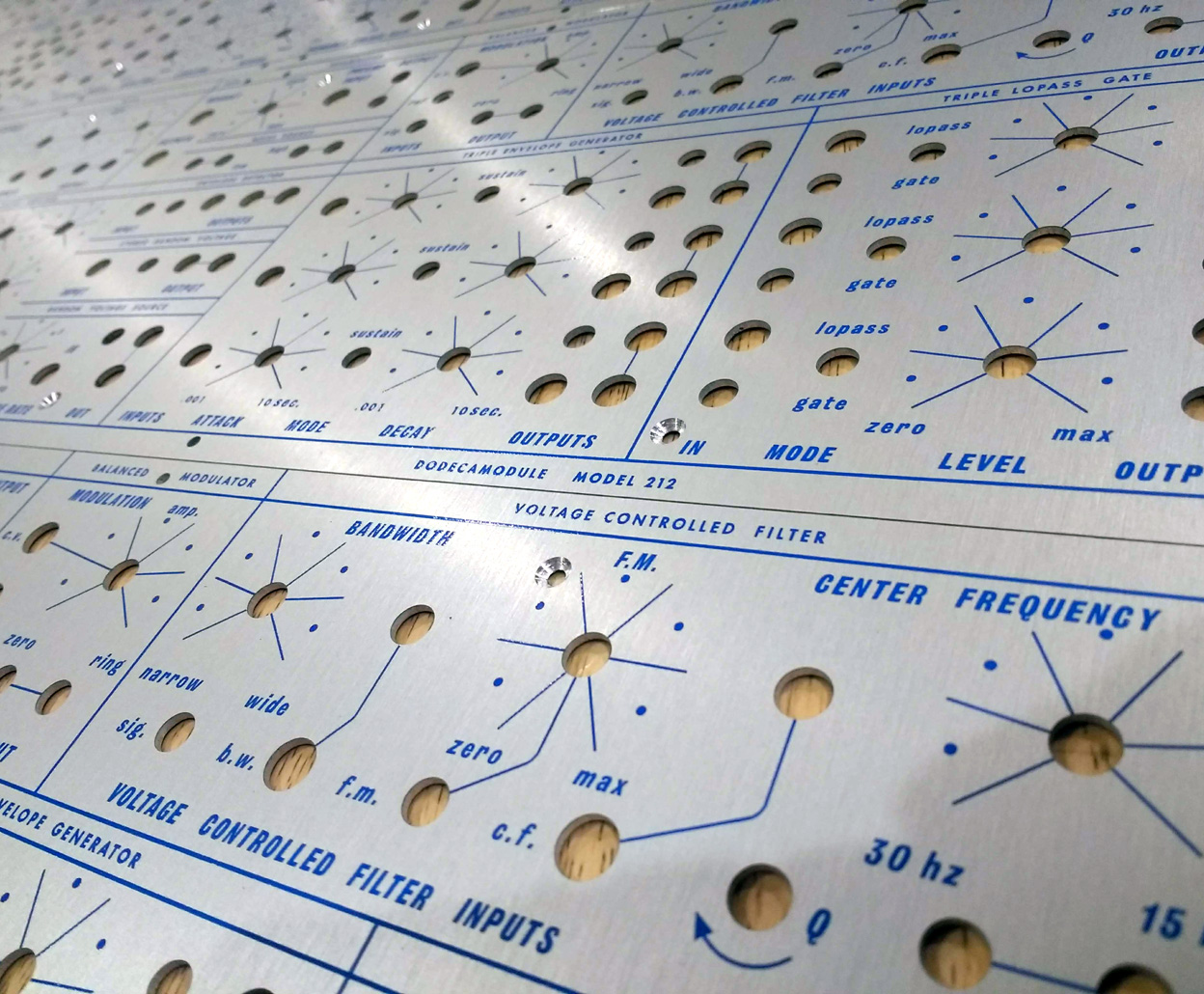Mention screen printing, and people think of t-shirt, without realising that the last estate agent board you walked past would have been screen printed. The writing down the side of the felt tip pen on your desk. The bus stop sign that you walked past. Its everywhere!
We, however, specialise in panel printing –

Possible “substrates” are anodised aluminium, 2k painted works, and powder coat, however, many other materials are also possible.
We work, pretty much exclusively, with 2-part catalysed inks. These have a reputation for two qualities – being the most awkward inks to work with (!), but also the very toughest.
The inks are epoxy based, so, if you think of a two part epoxy adhesive, with a pigment added, you are most of the way to understanding the ink!
We then use non-standard catalysts to promote adhesion to tough substrates, like aluminium and glass.
Virtually any size panel can be printed (in sections if the size exceeds our largest screes) and inks can be mixed to any pantone code*
*sadly, at a not insignificant cost.
For most works, customers generally need black or white ink, and these are off-the-shelf here.
Notes on file submission –
When submitting a file for silk screen printing, please bare in mind that the process is photographic. UV light is used to change the chemical properties of the coating on the screen mesh, and the colour of the print is set by the ink alone.
In this, please submit your designs in black and white only. Technically, i should say “single bit”, meaning black and “nothing”, but black and white is fine. Just watch out for greyscale, for example, in the anti-aliasing of text. This is not good for the process at all. Edges of letters should all be a sharp change from black to white, with no greyscale whatsoever. Same with any line work.
If you need a multicolour print, each colour requires a separate screen, so this will impact your cost respectively. And each colour should, again, be submitted as a black and white file, with notes as to what colour it represents.
There should be nothing on your file at all, other than what is to be printed.
Location marks are not needed. Please remove any hole references, and, ideally, print should not cross holes, as this complicated longer run prints (there is no substrate to remove the ink, and so pooling occurs)
Files for print should be submitted as 1:1 scale pdf.
Once again, your checklist –
- I need a PDF file from you
- This file should be in black and white only, no greyscale or antialiasing.
- This file should be in 1:1 scale
- There should be nothing represented in the file, other than what is to be printed – no location marks, no hole representations.
- A separate file is required for each colour
- And, again, this file should be opened again in another application before it gets here (more people than you might expect send broken files!)
(and, yes, for existing customers, we will even do t-shirts!)
